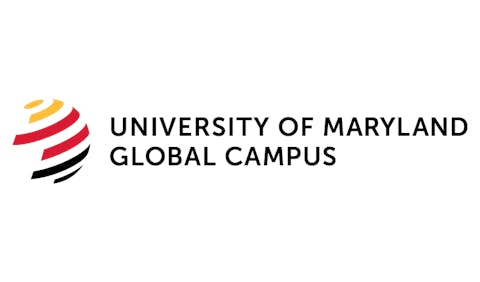In a political climate rife with calls to limit federal spending, Pell Grants can pose an easy target. Federal funding for the program has doubled since 2008 to more than $30 billion, mainly due to heavy use in the recession and a pledge by lawmakers to increase the top grant for needy students.
Factor in a shortfall of $5.7 billion—caused by a major uptick in the number of eligible low-income students—and it’s a situation that makes some higher education leaders nervous.
“Almost every day, the crisis gets worse,” says Joel Packer, executive director of the Committee for Education Funding, a coalition of K-12 and higher education organizations. “As the economy struggles, more students with greater need become eligible for Pell Grants.”
The linchpin of the federal student aid system, Pell Grants served 7 million students in 2009-10, based on data from the web site www.finaid.org, a student aid information site. That represents an increase of 1.5 million students in just one year. While the program is not an entitlement such as Social Security, it operates in much the same manner, as all students who qualify receive aid based on tuition, need and part-time or full-time status.
The Pell program isn’t funded like an entitlement, however, with Congress projecting estimated use on a yearly basis and earmarking funds in its appropriations bills. In recent years, those projections have fallen short of reality, creating the shortfall.
“Eventually it catches up to them,” says Mark Kantrowitz, publisher of www.finaid.org. “This [shortfall] can only go on for so much time before Congress has to fund the shortfall or cut grants.”
Many education organizations want Congress to pay off the growing shortfall and provide the program with solid funding through next fall. But Republicans taking control of the U.S. House of Representatives have pledged instead to cut domestic spending.
If Congress fails to address the shortfall, the maximum Pell Grant could fall by $850 (this) year—more than 15 percent of the current top grant of $5,550. “Failure to pay off the shortfall may result in devastating cuts,” Kantrowitz says.
The issue is particularly acute at many minority-serving institutions. In 2008, 72 percent of students at United Negro College Fund institutions and 67 percent of all students at historically Black colleges received Pell Grant aid, says Dr. Tammy Mann, chief executive officer of the Patterson Research Institute.
Across all four-year public and private institutions, the percentage of students receiving aid was much lower—42 percent. “Clearly there is quite a difference,” Mann says.
Also, because Congress raised the top grant in 2008, students are depending on Pell more than ever. The average grant was $3,611 in 2009-10, up nearly $700 in two years, Kantrowitz says.
“If they don’t backfill this shortfall, there is not enough money for the next academic year,” he says.
The uncertainty about Pell also is coming at a time of change in the program. Congress in 2008 authorized year-round Pell Grants, allowing needy students to get additional support during the summer months. As a result, students can obtain two Pell Grants in a single award year. Many colleges went through this process for the first time this past summer.
At the College of Southern Nevada, 664 students benefited from year-round Pell Grants in summer 2010, receiving an additional $830,000, says Peter Hurley, director of student financial services. With main campuses in Las Vegas and Henderson, Nev., the college has 43,686 students, of whom 56 percent are racial or ethnic minorities.
“Las Vegas is leading the nation in unemployment and people coming back to school,” says Hurley.
Overall, during the most recent academic year, 10,664 students at the college received Pell Grants, up dramatically from 6,404 only two years previously.
Hurley says year-round classes are appealing to many students who are unable to find high-paying jobs in the summer or school year. As a result, they choose to take a full load of classes, meaning that they can exhaust their traditional Pell Grants before summer.
A year-round Pell does bring a heavier workload for colleges, says Justin Praeger, executive director of the National Association of Student Financial Aid Administrators. In some cases, financial aid officials have to figure the additional grant by hand. “You may spend hours of staff time to provide a student with an extra $50,” he says.
While a potential boon to students, year-round Pell currently has regulations that are a bit unwieldy. “It’s a good concept that’s gone awry on implementation,” Praeger says.
But, despite the extra paperwork, Hurley notes that the program can serve as an important motivational tool.
“It allows students who are focused and serious to continue their college education without taking the summer off simply because they can’t afford it,” he says.



















